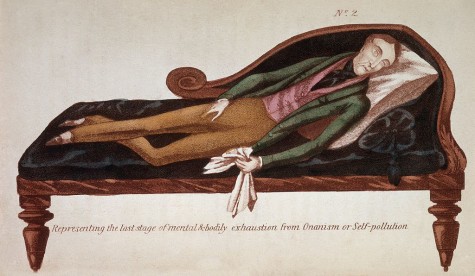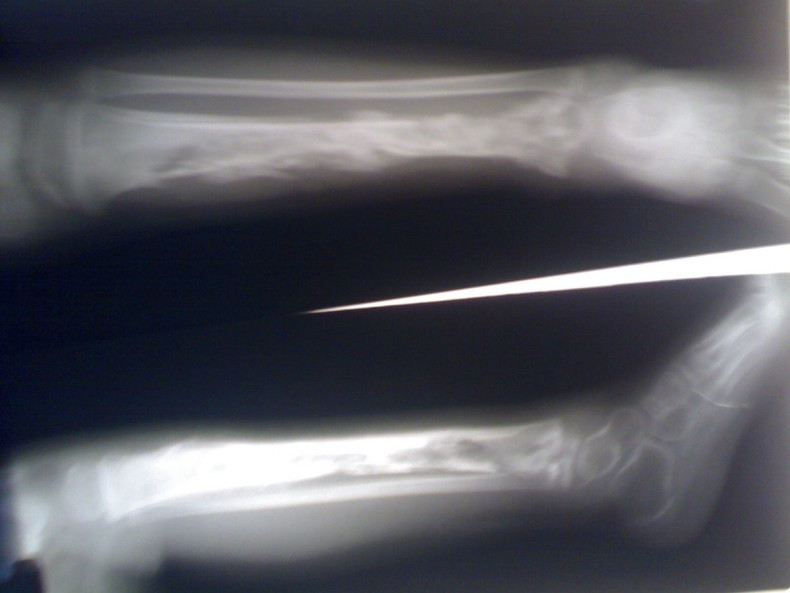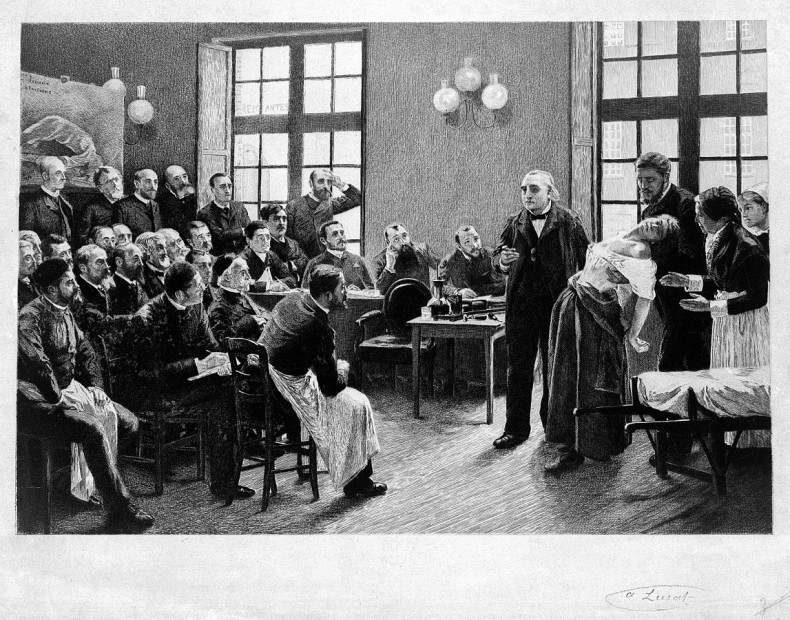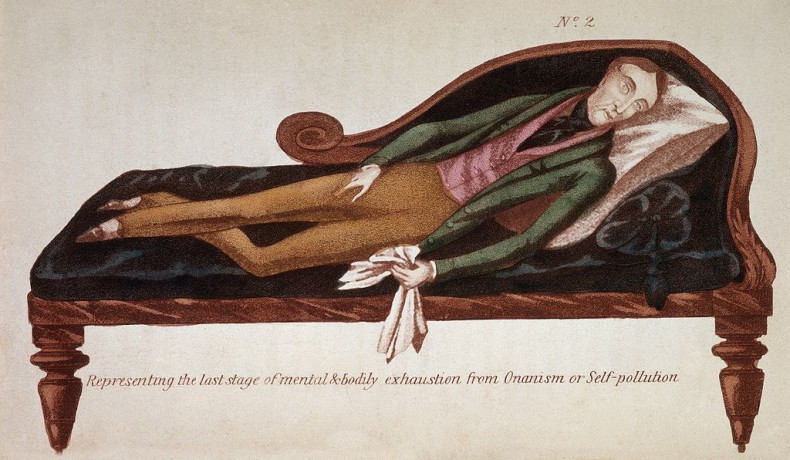Have you ever read a book where someone had pleurisy, or gout, or hysteria, and wondered…how come I never hear about anybody getting that anymore? Well, you’re in luck: It’s Outmoded Diseases Week at LWON, and we’re going to tell you. About some of them, anyway.

I stumbled into the commute van in the dark, feeling for where to put my pack. It was 5:56 am in late January. The van was habitually punctual and the other riders raised their eyebrows if it was two minutes late.
The last one in, I scrambled into my seat. But as I leaned against the seat back, a searing pain made me catch my breath. What? That was weird. I dropped my knapsack, heavy with papers and my work laptop and reached for the seatbelt to buckle myself in. Another stab of pain. I clenched my teeth and tried not to whimper. I must have pulled a muscle.
But the pain was in a strange place, on the left side of my back just behind my heart.
As the van lurched across an intersection and onto a dark freeway onramp, I tried breathing into the pain gently but firmly. Agonizing. I switched to taking lots of shallow breaths and trying not to move despite the bouncing van. Over the next 45 minutes of my ride to work I discovered that if I twisted to one side and wedged the painful spot firmly against the back of the seat, I could breathe with just minor pain, as long as I took tiny breaths.
The van jolted to a stop; I grabbed my pack, opened the door, and tumbled out into the cold dawn. As I walked up the sidewalk to my office, I shut my eyes against the pain. This was crazy. What had happened to me?
At work in a medical school communications office, I read about chest pain. I didn’t think I was having a heart attack. But it hurt every single time I took a breath. It turns out we breathe quite frequently. Oh, yes. And if you try not to breathe much, you will, willy nilly, suddenly find yourself taking a deep breath when you are thinking about something else, like where to break a paragraph.
I called Kaiser and made an appointment. Two buses and a four-block walk later, I arrived in the clinic dizzy and panting. All I could think about was breathing, and not in the Yoga or meditation way.
The 40-foot walk to the exam room winded me. Apparently intrigued, my doctor made me walk it again so she could watch me gasp. She frowned.
Probably not a heart attack, she said, but she was concerned and wanted me to get an X-ray and a blood test to rule out pulmonary embolism, heart attack, and pneumonia. She said she was leaning towards pleurisy.
Pleurisy? Wasn’t that one of those Victorian diseases people got in the 1880s, arms resting beautifully against moist foreheads? Continue reading →







